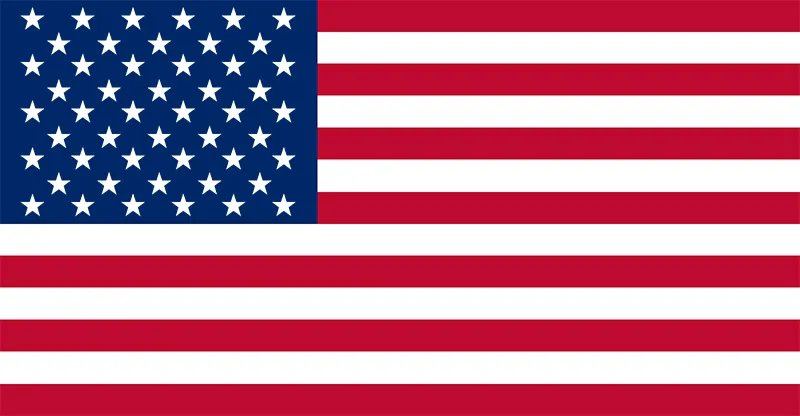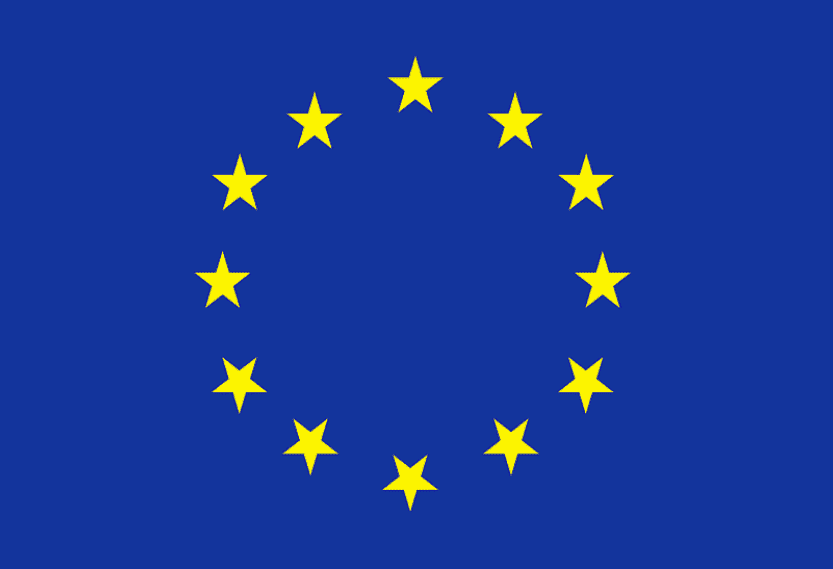
Introduction:
In the dynamic world of trade show booth design, the visual language of design serves as a powerful tool for communication, conveying messages and narratives that resonate with audiences on a global scale.
However, the cultural context in which these designs exist plays a significant role in shaping their aesthetics and impact. In this article, we’ll delve deeper into how cultural factors influence booth aesthetics worldwide and why it’s crucial for exhibitors to consider and adapt to cultural diversity in their designs.
Cultural Influences on Booth Aesthetics:
Color Symbolism:
Colors carry deep cultural meanings and associations, often rooted in historical, religious, and societal contexts. For example, while red may symbolize luck and prosperity in Chinese culture, it may evoke themes of passion or danger in Western cultures. Similarly, the color white may represent purity and mourning in different cultural contexts.
Understanding the cultural significance of colors is essential for creating booth designs that resonate with diverse audiences and convey the intended message effectively.
Architectural Preferences:
Architectural styles vary greatly across different cultures, reflecting local traditions, climates, and beliefs. For instance, while modern and minimalist designs may be favored in some Western societies for their simplicity and functionality, more ornate and decorative styles may be preferred in Eastern cultures for their symbolism and craftsmanship.
When crafting trade show booth designs for international audiences, it’s important to consider these architectural preferences and incorporate elements that resonate with the cultural sensibilities of attendees.
Symbolism and Imagery:
Symbols and imagery are powerful communicators, but their meanings can vary significantly across cultures. For example, while certain animals may be revered as symbols of strength or wisdom in one culture, they may hold entirely different connotations in another.
Likewise, religious or spiritual motifs may carry deep significance for some audiences but be perceived as inappropriate or offensive by others. When incorporating symbolism and imagery into booth designs, it’s essential to research and understand the cultural context to avoid misunderstandings or unintended consequences.
Adaptation and Localization:
Successful trade show booth designs often require adaptation and localization to resonate with specific cultural audiences. This may involve tailoring visual elements, language, and messaging to align with local customs, values, and sensibilities.
By demonstrating sensitivity to cultural differences and embracing diversity in design, exhibitors can create booths that feel authentic and relatable to attendees from diverse backgrounds.
Conclusion:
In conclusion, cultural context plays a significant role in shaping booth aesthetics at trade show exhibits and other exhibitions worldwide. By understanding the cultural nuances of color symbolism, architectural preferences, symbolism, and imagery, exhibitors can create designs that effectively communicate with diverse audiences and foster meaningful connections.
As trade show exhibits continue to serve as global platforms for exchange and collaboration, embracing cultural diversity in design will be essential for engaging international audiences and driving success in the ever-evolving landscape of experiential marketing.


 US
US
 EU
EU